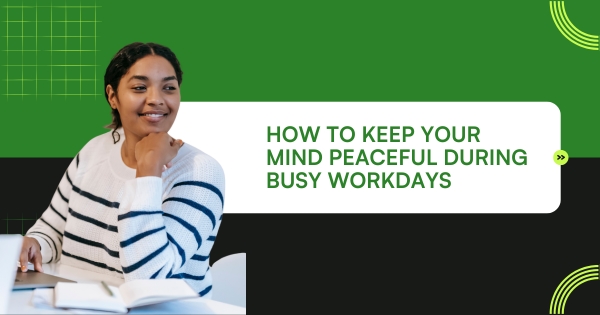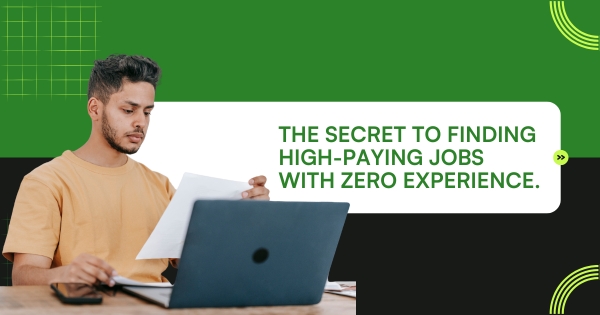What is workplace stress? It’s a constant or acute pressure related to job demands, deadlines, expectations, or interpersonal tension. Everyone faces high-demand periods, but when stress becomes persistent, it can hijack your mind, making concentration, decision‑making, and emotional regulation feel harder.

But you can take it back. Not with huge time commitments or retreats, just grounded, real‑world habits that help you stay centered when everything around you looks like a tornado. I know because I’ve tested all of these in my own life, between meetings, commute snarls, and long afternoons full of screens.
Here’s a deeply human blueprint to bring calm through mindfulness, breathing, mini meditation, smart fuel, gentle movement, micro‑gratitude, and respectful boundaries.
Visit Us >>> https://www.impacteers.com/home
About Us >>> https://blog.impacteers.com/
1. Recognize the Signs of Stress Early
Stress doesn’t always flower into panic. Most often it shows up in quiet ways. Your shoulders hike up, thoughts feel jangly, you lose focus, or your appetite dips. That’s cortisol churning a little too much. mood dips, low energy, and brain fog creeping in. But the more you notice those early whispers, the easier it is to pause, take a breath, and reset.
Be gentle with yourself: it’s not a weakness; it’s biology. Think of stress as an alarm, not to ignore, but to respond to before it erupts.
2. Master-One-Breath to Break the Spiral
When things feel hot, counterattack with your breath.
Try this:
- Breathe in quietly to a slow 4 count.
- Pause for a moment.
- Exhale slowly down to six or eight.
- Do that five times.
It feels surprisingly potent. Five breaths, about 60 seconds, and your system chills out. Your cortisol dips, your racing mind pauses, and suddenly you’re more you again, less of a “stress” puppet.
Don’t worry, box breathing, or the 4‑7‑8 method, works too. Just keep it simple, wherever you are.
3. Mini Meditation: Because 2 Minutes Is Realistic
Forget the image of long cushions and tantric chants; this is just two plain minutes, eyes closed or soft, body settled, breathing comfortably. If a stray thought arrives, just name it gently (“That’s okay”) and let it drift away.
Once you do this twice or three times a day. Maybe before your first coffee, once after lunch, and again before your final meeting, you’ll notice better clarity, deeper focus, and a solid drop in nervous tension.
Try it consistently for one week. Track how often your mind nags you afterward. It drops.
4. Mindfulness Isn’t Fancy. It’s Noticing.
Mindfulness turns everyday routines into anchors.
- Stand in line at the coffee machine. Feel the cup’s warmth. Taste the aroma.
- In meetings, feel your chair and your feet on the floor.
- Eating lunch? No screen. Just chew, taste, and think of nothing else.
- Anxious email coming? Pause. Breathe. Then type.
These pauses aren’t rehearsed meditation. Just noticing life right now. I promise, over time it recalibrates your workplace rhythm, and you feel calmer even when there’s no break.
5. Move to Reset: Deskercise That Works
One of the fastest, least-talked-about reliefs? Gentle movement.
- Roll your shoulders a few times.
- Neck tilt, this side, that side.
- Raise arms overhead, stretch to one side.
- Stand and take a slow, three-minute walk. just to your mailbox or a hallway.
These tiny shifts send fresh oxygen to your mind, shift excess cortisol, and fight the stagnant slump of sitting. And it takes seconds. I do it every couple hours without even thinking. It resets chaos.
6. Fuel the Body That Fuels Your Mind
Stress multiplies when your system is malnourished or dehydrated.
Here’s what keeps me steady:
- Drink water regularly: no dehydration fog allowed.
- Eat balanced meals: lean protein, veggies, and something slow-digesting.
- Save caffeine for early. Replace late afternoon jitter with herbal tea or water.
- Sometimes, I lean on a gentle adaptogen like ashwagandha or rhodiola. They help regulate cortisol naturally. But I always check in with a doctor—just smart practice, nothing reckless.
When you give your body steady fuel, energy feels more resilient and your mood stays calmer.

7. Set Real Boundaries: Because You’re Human
“Hustle” culture loves to maximize every second. But boundaries offer mental oxygen.
I mark “focus time” on my calendar. I set “do not disturb” status in chats. I take full lunch breaks. No screens, no multitasking. And I say no kindly: “I can’t take this right now. Can we revisit it later?”
These small choices protect your mind from overload. They defuse tension before it builds into a full-on storm.
8. Talk to Someone: You Don’t Have to Carry It Alone
Ever shared your stress out loud? It’s like untangling knots in your chest.
- I vent to a trusted co-worker or friend.
- I journal for a few minutes. Even half a page clears tension.
- Sometimes, I take a session with Impacteers mentorship—someone who listens, offers emotional clarity, and helps me reframe demands. It’s not therapy. It’s honest reflection and wise feedback. Many times it’s exactly what I need.
Naming stress out loud, breaking its silence, blunts its power.
9. Gratitude & Small Joys: Tiny Anchors of Calm
When everything’s serious, pause for simple appreciation.
- List one small win at lunch.
- Notice a scent, color, or smile that made you pause.
- Play your favorite song before starting big tasks.
Those tiny moments rewire your brain from data mode to gratitude mode. It brightens focus, softens stress, and feels surprisingly powerful when scaled over days.
Final Note: You Don’t Need Big Fixes to Reclaim Calm
Here’s what matters:
You don’t need hours; you need moments—snatches of awareness, small boundaries, one breath at a time. That’s how you chip away at workplace stress without burnout. And yes, mindfulness, meditation, breathing, movement, hydration, and micro gratitude—all these help, plus optional calm support from adaptogens or wise mentorship like Impacteers if you want coaching clarity.
Take care. Those little routines are your lifeline to peace. I hope this feels helpful, human, and exactly what you need to step into clearer, gentler days.
FAQS: Workplace Stress and Mental Peace
1. What are the fastest ways to calm my mind during stressful workdays?
The fastest way is to stop deep and breathe. The box can immediately reduce the level of cortisol or reset your brain within two minutes.
2. Can mindfulness actually help with workplace stress?
Absolutely. Mindfulness helps you to be present and calm in the middle of chaos. Small mindful rules, such as noticing your breath or fully focusing during a task, can reduce stress and focus your attention.
3. Do food items or habits naturally reduce cortisol?
Using natural adaptogens such as staying hydrated, eating whole foods, and ashwagandha can support healthy cortisol levels. Regular movement, sleep, and attention also help your body to regulate stress better.
4. Is it normal to feel overwhelmed even when I am good at my job?
Yes. Feeling the stress of the workplace does not mean that you are weak. This means that you are human. Even high artists face burnouts. The key is recognizing it quickly and using devices such as breathing, support, and boundaries to manage it.
5. How can I stay in the work stress relief routine?
Start with 2 minutes of taking short breaths, walking at lunch, or a mindful moment daily. Track what works for you. Over time, these habits are made into a reliable routine that keeps your brain stable, even someday.



Post Comment